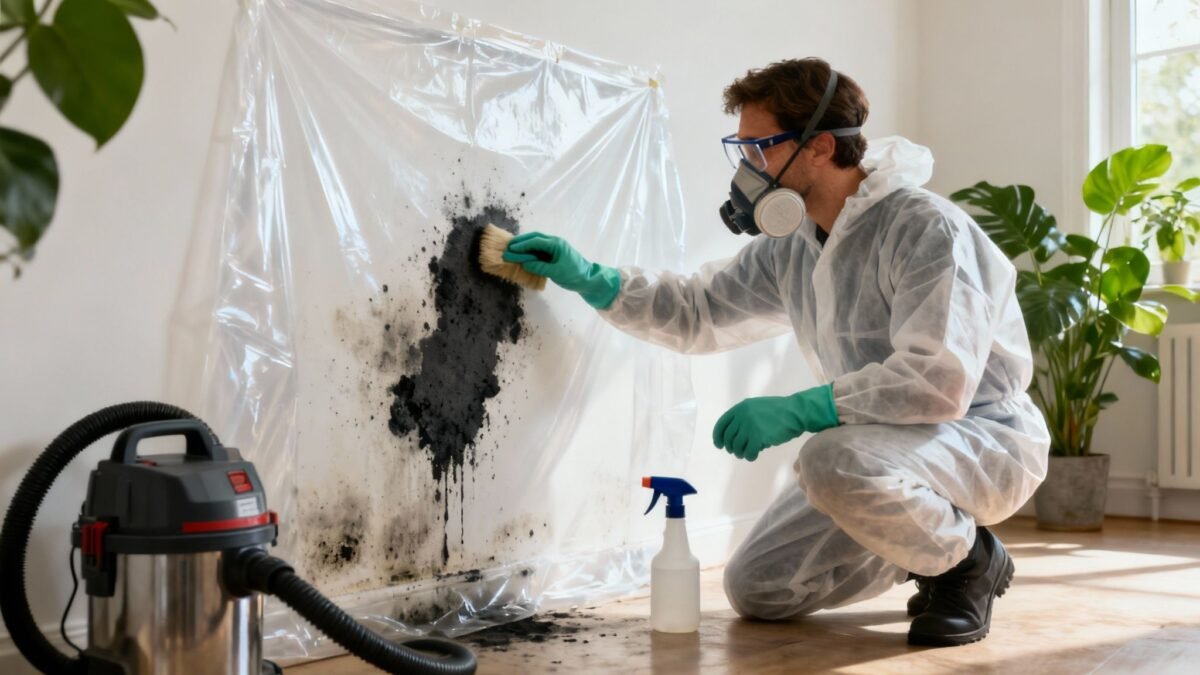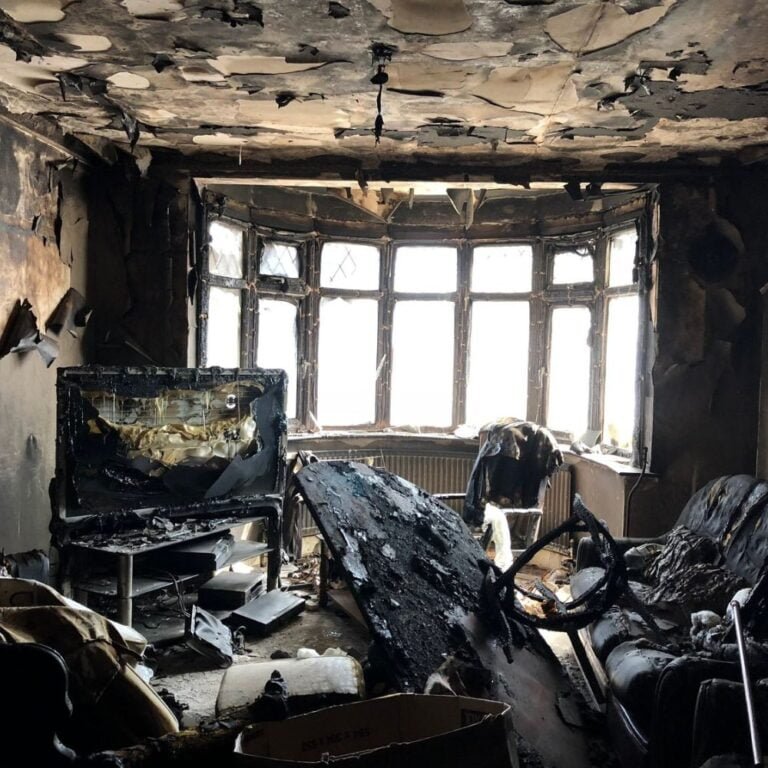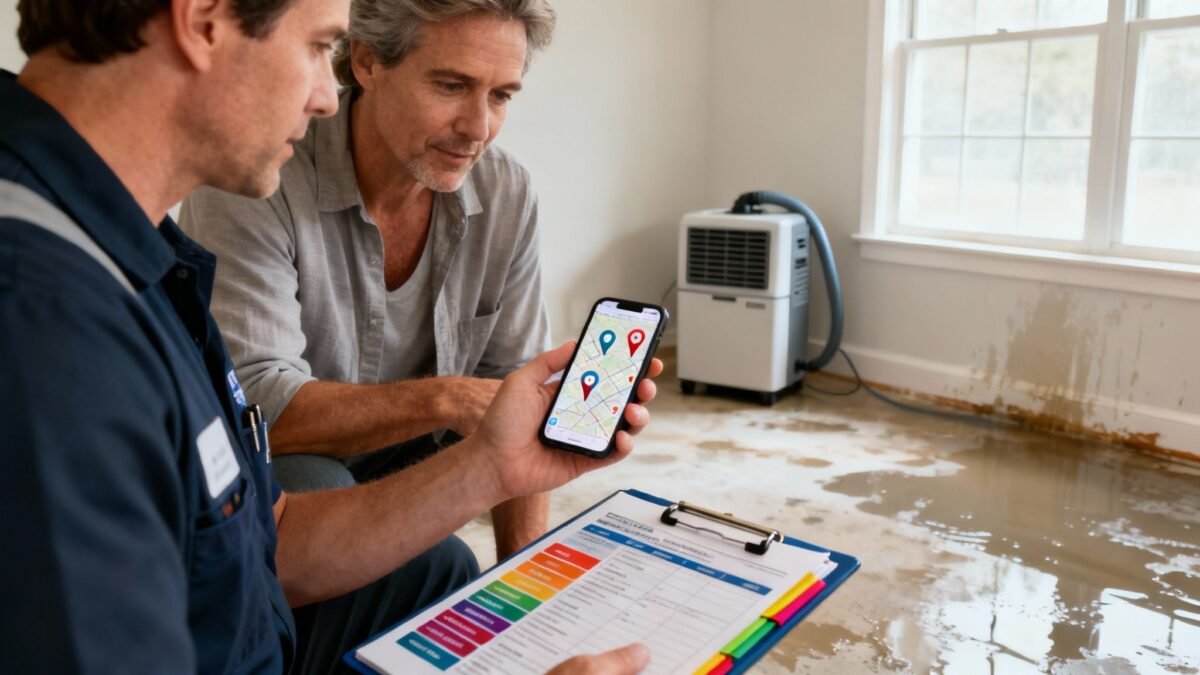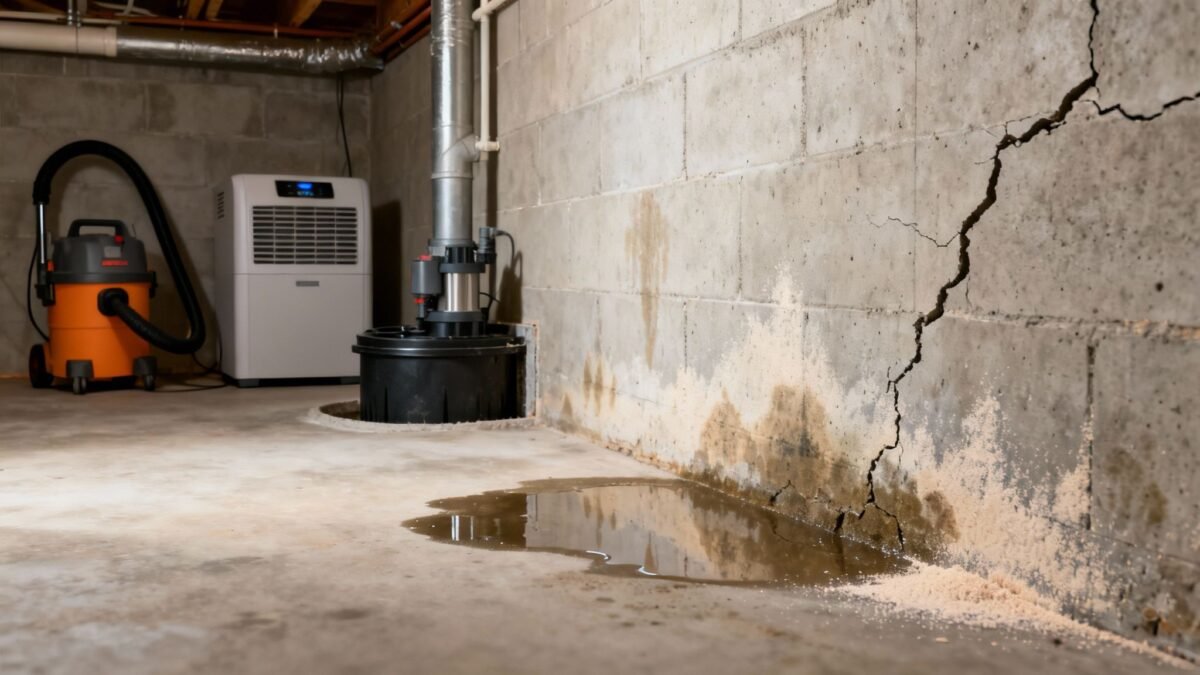
Restoration & Remediation Posts
A Homeowner’s Guide to Safe Removal of Mold in Los Angeles
That sinking feeling when you spot mold is universal, especially in the humid pockets of Los Angeles. But before you grab the bleach, take a
Submit Your Question

If the source of the odor is unknown, persistent, or concerning, it’s recommended to seek professional assistance to diagnose and address the problem properly.

That sinking feeling when you spot mold is universal, especially in the humid pockets of Los Angeles. But before you grab the bleach, take a

Finding a leak, flood, or any standing water in your home is always a shock. Those first few hours are absolutely critical—what you do right

That small puddle in the corner of your basement isn't just a nuisance—it's an alarm bell for your home’s health. Any amount of basement water